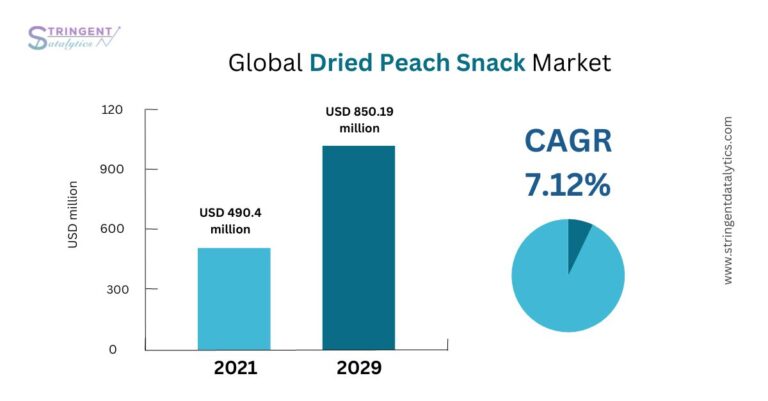
The Economics of Abandoned Merchandise: Causes and Effects
Have you ever wondered what happens to things left on store shelves or virtual shopping carts that are never checked out online? It turns out that abandoned stuff, whether real or digital, has a major economic impact on retailers, consumers, and the environment. In this essay, we will look at the origins and repercussions of abandoned products, as well as how it affects our daily lives and the economy.
Understanding Abandoned Merchandise
Products that have been abandoned by customers in stores or virtual shopping carts online are referred to as abandoned items. It can take many forms, including clothing, electronics, consumables, and digital downloads. When these products do not make it to the final purchasing step, they are frequently considered abandoned.
The Causes of Abandoned Merchandise
Consumer-Related Factors
Changing Consumer Preferences: One of the primary reasons for abandoned merchandise is changing consumer preferences. People are always seeking the latest trends and may abandon items that no longer appeal to them.
Impulse Buying: Impulse buying often leads to abandonment. Shoppers may add items to their carts on a whim but later rethink their purchase decisions.
Retailer-Related Factors
Inventory Management Issues: Retailers sometimes overstock products or fail to manage their inventory effectively. This can result in merchandise becoming outdated or no longer desirable.
Pricing Strategies: High prices, unexpected shipping costs, or unclear pricing can discourage shoppers from completing their purchases.
External Factors
Economic Conditions: Economic downturns can lead to tighter budgets, causing consumers to abandon non-essential purchases.
Seasonal Fluctuations: Seasonal goods or limited-time offers may become abandoned once their relevance diminishes.
The Effects of Abandoned Merchandise
Economic Losses for Retailers
Loss of Revenue: Abandoned merchandise directly impacts a retailer’s bottom line. Unpurchased products represent lost sales opportunities.
Inventory Holding Costs: Retailers incur costs to store and maintain unsold products, including rent, utilities, and security.
Environmental Impact
Waste and Landfill Issues: Abandoned merchandise contributes to waste and landfill problems, which negatively affect the environment.
Unsustainability of Production: The creation and transportation of goods that are never sold consume valuable resources and energy.
Opportunities for Secondary Markets
Liquidation and Resale: Some abandoned merchandise finds a second life through liquidation sales or resale in secondary markets.
Donation and Charitable Initiatives: Retailers can donate unsold goods to charities, benefiting those in need and reducing waste.
Solutions and Strategies
To combat the issues associated with abandoned merchandise, several strategies and solutions have emerged:
Reducing Merchandise Abandonment
Improved Inventory Management: Retailers are investing in better inventory management systems to reduce overstocking and markdowns.
Data-Driven Pricing: Utilizing data analytics, retailers can optimize pricing to match consumer expectations and reduce cart abandonment.
Sustainable Practices
Reducing Waste: Retailers are increasingly adopting sustainable practices, such as reducing packaging and optimizing logistics to minimize waste.
Promoting Responsible Consumption: Educating consumers about the impact of their purchasing decisions can lead to more responsible shopping habits.
Resale and Circular Economy
Thriving Secondary Markets: The rise of online marketplaces has created a thriving secondary market for abandoned merchandise.
Benefits for Retailers and Consumers: Reselling products benefits both retailers and consumers by offering discounted goods and reducing waste.
Consumer Awareness
Consumer education is critical in reducing the economic and environmental difficulties associated with abandoned items. Individuals may make more informed decisions and contribute to a more sustainable retail ecosystem by knowing the repercussions of their shopping habits.
Conclusion
Abandoned product is not a small issue in the retail industry; it has far-reaching economic and environmental consequences. We can establish a more sustainable and efficient retail economy if consumers, retailers, and enterprises work together to address the causes and effects.
FAQs
What is the definition of abandoned merchandise?
Abandoned merchandise refers to products left behind by consumers in physical stores or virtual shopping carts online, often not reaching the final purchase stage.
What causes consumers to abandon merchandise?
Factors include changing consumer preferences, impulse buying, high prices, and unexpected fees, among others.
How does abandoned merchandise impact retailers economically?
Retailers lose potential revenue from unpurchased items and incur costs for storing unsold products.
What is the environmental impact of abandoned merchandise?
Abandoned merchandise contributes to waste and landfill problems, adding to the environmental burden. It also reflects unsustainability in production and transportation.
What can consumers do to reduce the impact of abandoned merchandise?
Being more conscious about purchasing decisions, understanding the impact of abandonment, and supporting sustainable practices can help consumers play a part in reducing the problem.



